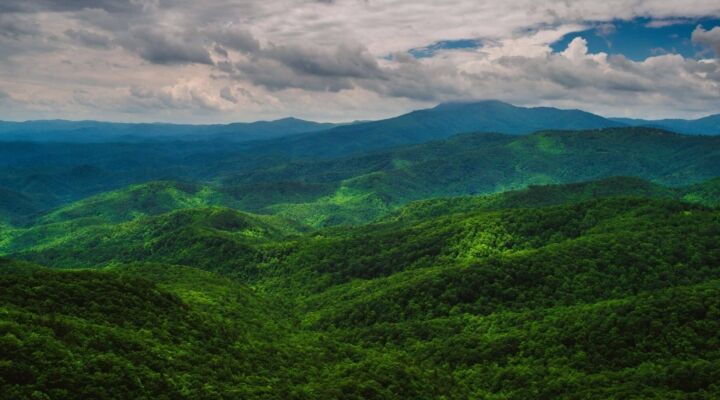 A new study suggests that increased maple populations may leave forests in western North Carolina more vulnerable to extreme weather conditions like flooding and drought.The southern Appalachian Mountains feature large, intact forests with frequent precipitation. This kind of area would not typically be a place to look for the effects of climate change, but the emergence of more “thirsty” trees like maples shifts that dynamic. Maples are an example of “diffuse-porous” trees, which require more water to grow than “ring-porous” trees like oaks… Previous models did not account for the different water needs of various tree species. This led to a potential underestimation of the threat posed by climate change in areas with increasing diffuse-porous tree populations.
A new study suggests that increased maple populations may leave forests in western North Carolina more vulnerable to extreme weather conditions like flooding and drought.The southern Appalachian Mountains feature large, intact forests with frequent precipitation. This kind of area would not typically be a place to look for the effects of climate change, but the emergence of more “thirsty” trees like maples shifts that dynamic. Maples are an example of “diffuse-porous” trees, which require more water to grow than “ring-porous” trees like oaks… Previous models did not account for the different water needs of various tree species. This led to a potential underestimation of the threat posed by climate change in areas with increasing diffuse-porous tree populations.